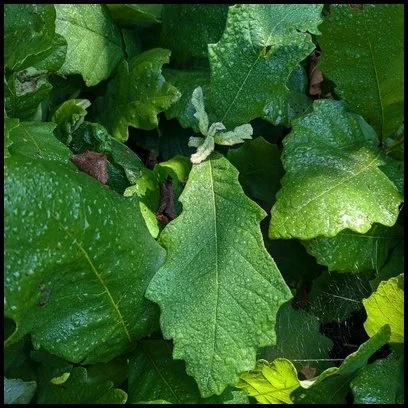Orders come as 3 or 12 rooted divisions.
Common blue violet is a perennial native to those states east of the Rocky Mountains. In favorable conditions they can readily spread after they are established, creating a hardy three-season ground cover. The leaves and flowers are edible. The leaves provide a raw salad green in the more moderate seasons of spring and fall. The leaves can be eaten in large quantities since they do not have a strong flavor, and can easily make up the bulk of wild salads since they often grow in abundance. Warmer months bring the leaves to be a bit tougher and some folks may choose to cook them at this time if they have not withered in the heat (they thrive during the cooler months). The leaves are one of the best known plant sources of vitamin C and have a large amount of provitamin A. They are also a source of rutin and mucilage (soluble fiber).
Common blue violet is also used in herbal medicine. Here is a short list of the medicinal actions associated with common blue violet: demulcent, anti-inflammatory, alterative, nutritive, expectorant, and anodyne





